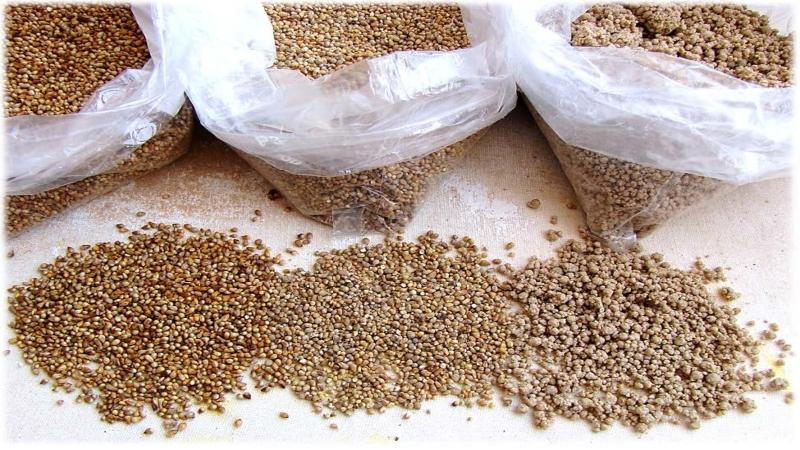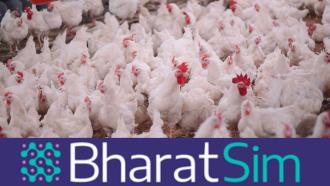
Millets can help address global food security
Photo by T K Naliaka via Wikimedia Commons
The recent COVID-19 pandemic has posed several challenges in various walks of life, adding to the hunger crisis already faced by millions worldwide. Did you know that in 2019, nearly 690 million people suffered chronic hunger globally? According to the United Nations Food and Agricultural Organization, the numbers are expected to rise. Moreover, the developing countries will be doubly hit, by hunger and diseases, besides the impacts of climate change on agriculture. Hence, ensuring food security, that is, reliable access to sufficient and nutritious food, aided by sustainable food supply chains, are the need of the hour.
In a recent opinion article, researchers from the University of Hyderabad and the National Institute of Plant Genome Research (NIPGR), New Delhi, have provided a roadmap to strengthen the cultivation of small millets for food security. They have also suggested biotechnological methods to improve the trait or quality of the millets that will help intensify their cultivation. The work was published in the journal Trends in Plant Science and funded by NIPGR.
Finger millet, foxtail millet, proso millet, barnyard millet, kodo millet, little millet, teff, Job’s tears, guinea millet, fonio and browntop millet are known as small millets or coarse cereals. Once cultivated across the globe as traditional crops, they are now restricted to several regions, including India, due to the introduction of cash crops such as rice, wheat and maise. Besides their basic nutritional value, these millets are known for their enhanced dietary benefits.
The researchers say that small millets contribute to food security in various ways. For example, though millet crops have a low yield compared to other cereals, they provide better economic returns and withstand climate change, pests and diseases better. In addition, the carbon footprints (the amount of carbon dioxide released into the atmosphere in the cultivation process) of millets might be smaller than that of rice and wheat, although precise values for millets are not available. Therefore, the cultivation of small millets helps reduce the global dependency on rice and wheat as a staple food while contributing to diversity in food.
The researchers also provide knowledge on how millet cultivation could be mainstreamed to survive food insecurities during pandemics. The United Nations has identified that the millet growing regions in the world overlap with the hunger spots. Therefore, such regions require identifying suitable millet species and improved characteristics to achieve better agricultural and economic values. This can be done by using appropriate genetic tools and biotechnological interventions.
In India, the millet germplasm (the living tissue from which new plants grow) is stored in several repositories such as ICAR-National Bureau of Plant Genetic Resources, New Delhi, and International Crops Research Institute for the Semi-arid Tropics, Hyderabad. This conservation effort will primarily enable the researchers to focus on evolving improved varieties for the farmers.
Dr Manoj Prasad, a Scientist at the NIPGR and an author of the paper, says, “Several improved varieties had been released to the farmers that secured their life and livelihood. Moreover, such activities sustain the millet cultivation in our country where the cultivation of cash crops is predominant.”
The authors also suggest a method for the improvement of millet species using various scientific approaches. Data integration from several biological fields of study help in identifying the genes which could be manipulated using genome-editing techniques. Tweaking these genes enables the plant to exhibit the desired characteristic. The researchers also emphasise that the revival of millet farming by governmental and non-governmental bodies could help combat world hunger and malnutrition in vulnerable populations in the future.
The researchers highlight that such conservation activities have been taken up by ICAR’s All India Coordinated Research Project on Small Millets (AICRP-SM). Dr Prasad says, “ There is a reverse trend in farmers preferring millets' cultivation than major cereals as millets are hardy crops and require minimal agri-inputs.” He adds that conserving traditional varieties, encouraging research to enhance the yield, and securing returns on crops would convince the farmers to opt for millet cultivation. In addition, it will ensure diversity in diet and address food and nutritional security.
This article has been run past the researchers, whose work is covered, to ensure accuracy.






